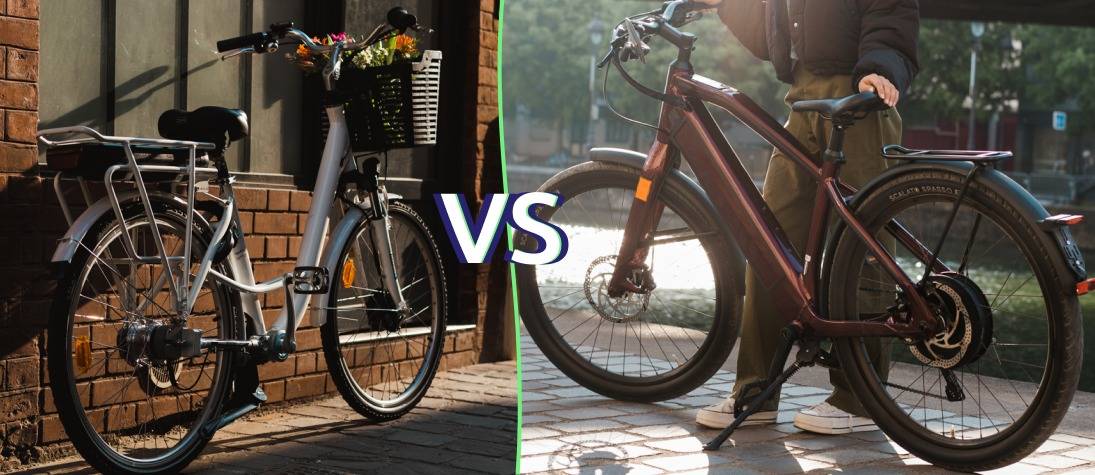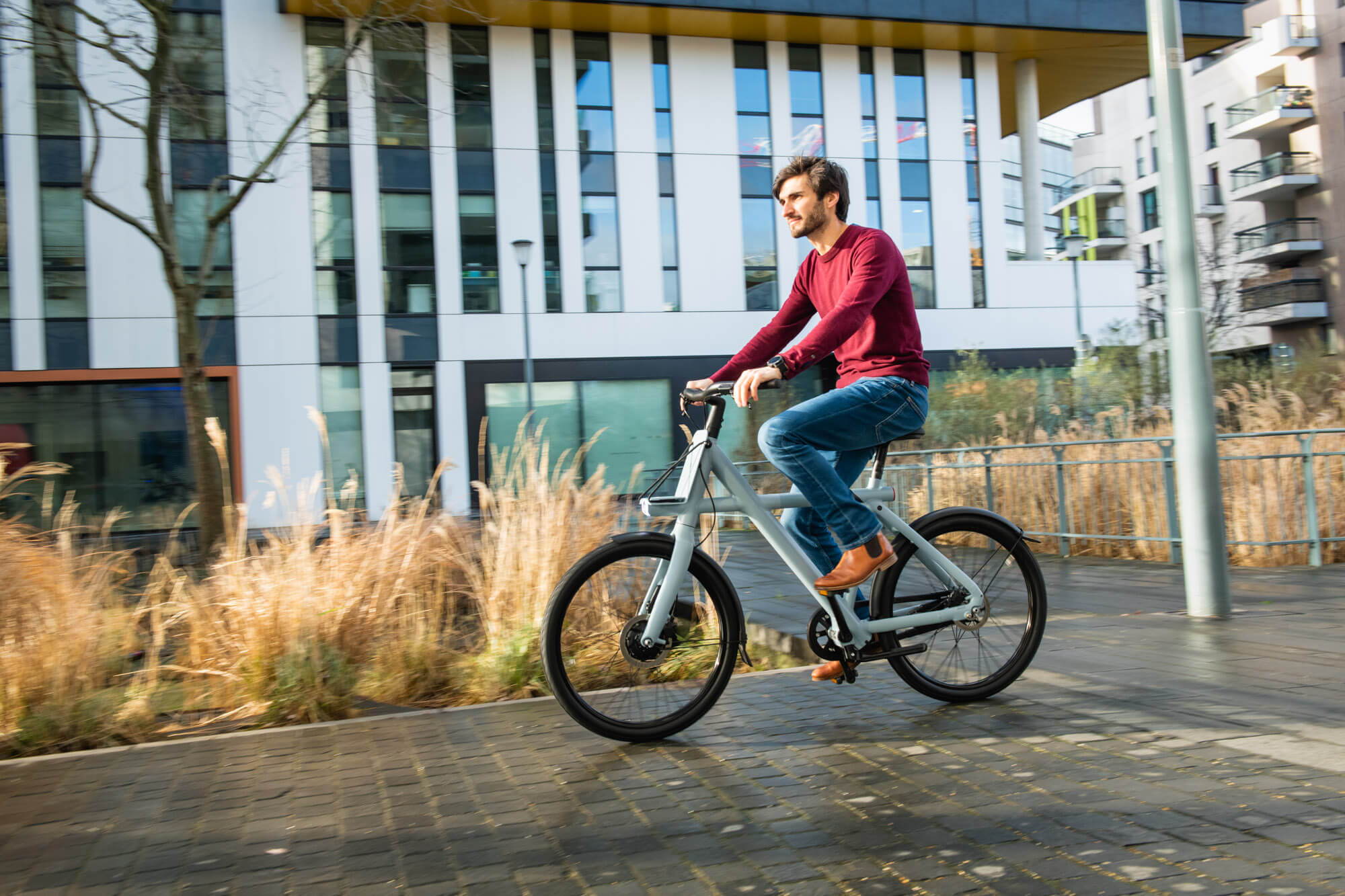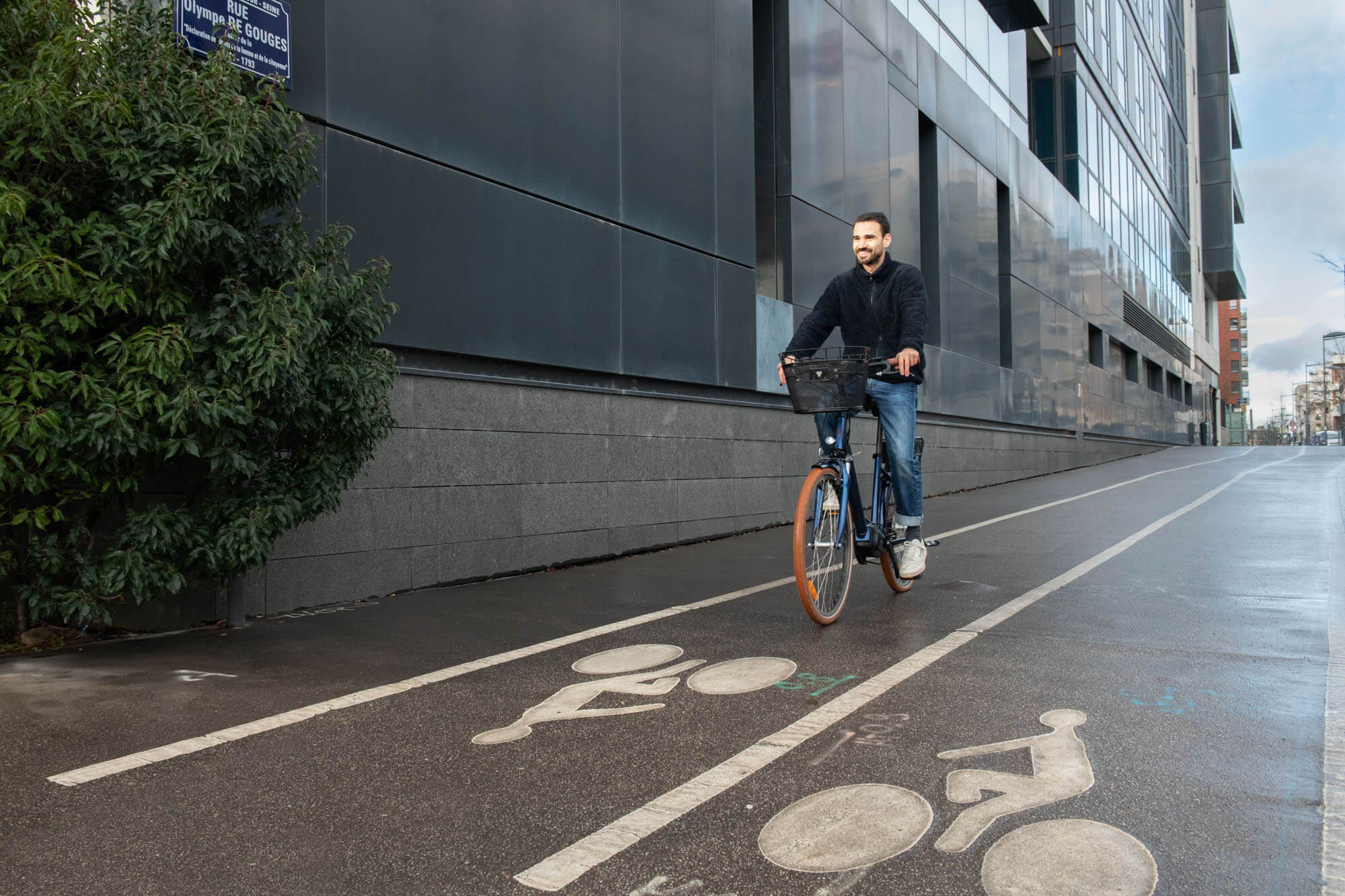The law limits EABs to 25 km/h with a maximum 250 W motor.
25km/h or 45km/h what speed for your electric bike?

In Europe, the legislation provides for a speed limit of 25 km per hour for electrically assisted bicycles (EAB). However, this limit can be exceeded by speed bikes, which allow the user to reach 45 km per hour.
If you're interested in electrically assisted bicycles, you've probably heard of two main families: those limited to 25 km/hour and those that can go up to 45 km/hour.
What is it really and which one is the most suitable for your use?
Different regulations and uses
If you live in a large city and don't venture onto roads with high speed limits, the best option for you is the classic EV, limited to 25 km/hour.
If you plan to use your bike for sporty purposes, or if you have long journeys to make on open roads, you might consider buying a "speed bike", "speed pedelec", "S-Pedelec" or even a "moto-bike" (several names for VAEs capable of going up to 45 km/hour), but the constraints are not the same...
The speed bike is no longer considered a bicycle and the regulations that apply are those for mopeds! Before making your choice, we advise you to read the following to avoid bad surprises.

European legislation on electric bikes
But then why are some electric bikes capable of going up to 45 km/hour if the law forbids it? That's a good question, and we'll explain everything!
The directive 2002/24/CE of the European Parliament is clear, a VAE must respect 3 rules to remain in the legal framework of bicycles:
- The assistance must only be triggered when the user pedals (except for start-up assistance).
- The assistance must stop when the speed exceeds 25 km/hour.
- The electric motor must not exceed 250 Watts
These rules make it possible to preserve the safety of the users but also to allow the "e-cyclists" to cohabit in all intelligence with the other cyclists.
If you choose an ACE with an assistance of up to 45 km per hour, a speed bikeIf you choose a moped, you will be subject to the regulations for mopeds.
This regulation is much "heavier" than the one applied to bicycles, including the obligation to register the vehicle, but we will come back to this.

Is the 25 km/hour EAB enough?
Yes! if you are a city dweller, but not only...
If you ride mainly in urban areas and your routes don't allow you to pick up speed, stop there. The "classic" electric bike is for you.
Between traffic lights, pedestrians, and traffic, there will be few opportunities to go at breakneck speeds. Besides, city dwellers usually travel less than 10km when they move, so there's no need to drive at 45km/hour!
A survey by SPF Mobilité et Transports on commuting in Belgium reveals that for 50% of Belgian motorists, the distance between home and work is no more than 10km.
However, if you drive long distances on a daily basis on roads that allow you to pick up speed, the speed bike can be a good choice.
The table below shows you the theoretical travel times if you maintain a constant speed of 25 or 45 km/hour.
Beyond 20 km, the speed bike becomes really interesting, with relatively short travel times. However, you will need to wear an approved moped or bicycle helmet that also protects the temples and the back of the head. An ordinary bicycle helmet is not enough!
Finally, you should know that it is possible to disable your electric bike so that it is no longer limited to 25 km per hour, but you will be exposed to heavy penalties...
Unlocking your EAB, a false good idea ?
The speed limit that concerns the EABs marketed in Belgium is not inherent to the power of the bike's engine itself but to a flange added by the manufacturer.
To put it simply, unbridling consists of lifting this limit to take full advantage of the engine's power and continue to benefit from the assistance once the 25 km/hour limit has been exceeded.
This practice is not legal and you may be subject to penalties in the event of an inspection or accident.
The constraints of the speed bike
The speed bike can easily reach 45 km / hour thanks to its 500 W motor and at the same time, it exceeds the limit imposed by European legislation.
Although it looks very much like a classic EV, its features make it a full-fledged moped.
It is therefore subject to the same traffic rules as a scooter or a moped, namely :
- Prohibition to use bicycle lanes
- Obligation to register the vehicle.
- Helmets must be worn.
- Mandatory insurance coverage.
- Have a driving license AM (moped) or B (car)
Finally, speed has a price, these top of the range models cost between 3500 € and 7000 €.
As we have seen, the legislation for European countries imposes a maximum speed of 25km/h to avoid entering the category of mopeds.
But what about outside Europe? Only Canada and the United States are more flexible on the maximum speed of e-bikes, elsewhere the 25 km/hour limit applies:
USA: 32 km/heure
Canada: 32 km per hour
China: 25 km per hour
Australia: 25 km per hour
Japan: 24 km per hour

To conclude, which speed to choose?
Do you live in an urban environment and prefer bike paths? Choose an electric city bike, limited to 25 km/hour. You'll save on insurance costs and the ban on using bike paths. 🥳
Although it may seem "slow", 25 km/hour is actually a very high speed in urban areas, especially since you are avoiding traffic.
You wish to replace your car to make rather long extra-urban journeys? The speed bike seems to be the most adapted solution to your needs. Remember however that this type of EV is more expensive and more restrictive to use.
In any case, be careful and wear a helmet, even at 25 km/hour 🚴.
Frequently asked questions
What is the speed limit for electric bikes in Europe?
What's the difference between a 25 km/h electric bike and a 45 km/h speed bike?
The classic VAE is considered a bicycle, while the speed bike is a moped subject to compulsory insurance, registration and helmet.
When should you choose an electric bike limited to 25 km/h?
Ideal for city driving and short distances, where speed is often hampered by traffic.
When should you opt for a 45 km/h speed bike?
For long, fast journeys outside built-up areas, if you accept the legal constraints and the higher cost.